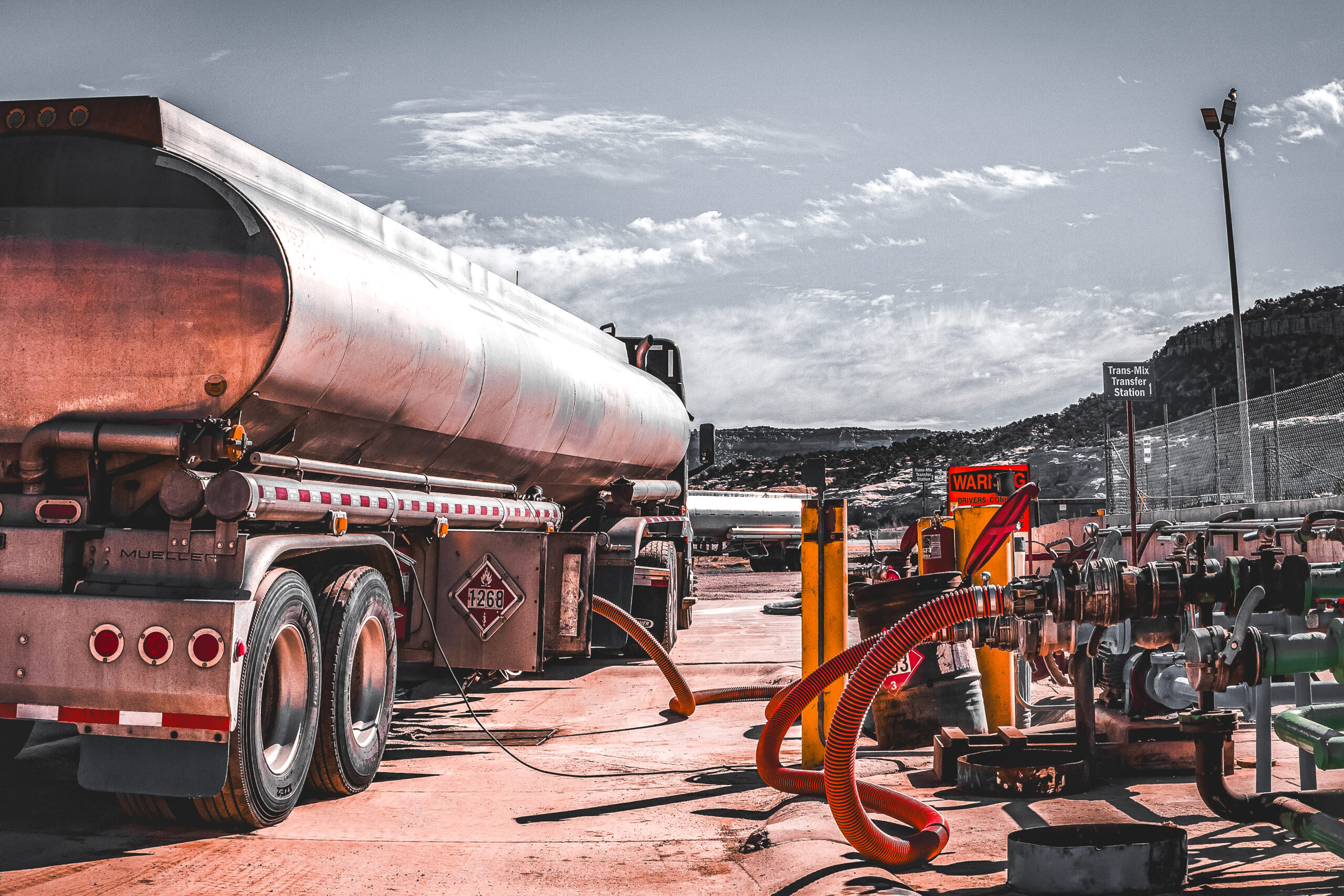STEERING THROUGH the Changing Landscape of Diesel Fuel

Embracing a Polyfuel Future
At the beginning of 2023, the Energy Information Administration provided a hopeful projection for diesel prices, anticipating a decline due to increased global refinery production and improved fuel efficiency in new vehicles. However, as we approach the end of the year, it’s evident that these expectations have not been met. Diesel prices are still on the rise, and this trend is expected to continue into the next year. So, how should shippers respond to these persistent challenges?

The Need for a Polyfuel Strategy
The escalating costs of diesel fuel are prompting shippers to explore alternative energy sources. This growing urgency is understandable, especially if high diesel prices persist over an extended period. But the solution lies in more than just a hasty shift to a single alternative energy source. To thrive in the years and decades ahead, shippers must adopt a polyfuel strategy that incorporates a diverse range of alternative energies such as electric, hydrogen, natural gas, renewable diesel, and biodiesel alongside traditional diesel fuel.
Why Now Is the Time to Plan
The future of diesel is intricately connected with emerging fuel efficiency technologies. Global crude oil production constraints and high U.S. exports have caused diesel prices to soar. These prices are likely to peak during the fourth quarter, aligning with seasonal trends, and remain elevated into the new year. The silver lining in this scenario is that these elevated diesel prices are driving more focus on the adoption of commercially viable and scalable fuel efficiency technologies and alternative energy sources.
Fuel Efficiency Technologies
Fuel efficiency technologies, especially for class 8 trucks, are now in the spotlight. These technologies can help limit commercial transportation emissions while reducing fuel costs. Some of the most advanced trucks achieve fuel efficiency rates of more than nine miles per gallon, a significant improvement compared to the market average of seven miles per gallon. This represents a 25% boost in fuel efficiency, demonstrating the potential for reducing carbon emissions in the near term.
Toluene Transport
Toluene, a solvent and precursor to various chemicals, plays a crucial role in industries such as manufacturing and pharmaceuticals. Transporting toluene requires specialized containers and strict safety measures due to its volatile nature. Understanding the chemical properties and potential hazards is paramount to a safe and efficient transport process.
Legislation's Role in Alternative Energy Adoption
The legislative landscape is also playing a pivotal role in the adoption of alternative energies. A prime example is California’s Low Carbon Fuel Standard, which incentivizes the production and use of low-carbon fuels. Over 50% of diesel fuel consumed in the state is now a blend of renewable diesel and biodiesel. Similar legislation has been adopted by neighboring states and Canadian provinces, signifying a broader commitment to reducing greenhouse gas emissions.
Expectations for the Future
While it’s likely that other regions in the U.S., particularly in the Northeast, will introduce similar regulations, it takes time for these policies to be implemented and for the market to adapt. Conventional diesel fuel is expected to retain its market dominance until at least 2035. However, this doesn’t mean that you should delay your plans for a polyfuel future.
THE ICING ON THE CAKE
Diesel fuel will continue to be a significant part of transportation strategies, but it cannot be the sole solution. Viable alternative energy technologies are gaining ground, and sustainability concerns are growing. By embracing a polyfuel strategy early, you can position yourself as a market leader in reducing transportation emissions and take full advantage of policy incentives for doing so. It’s time to plan for a polyfuel future that ensures your competitiveness and sustainability in the evolving energy landscape.
